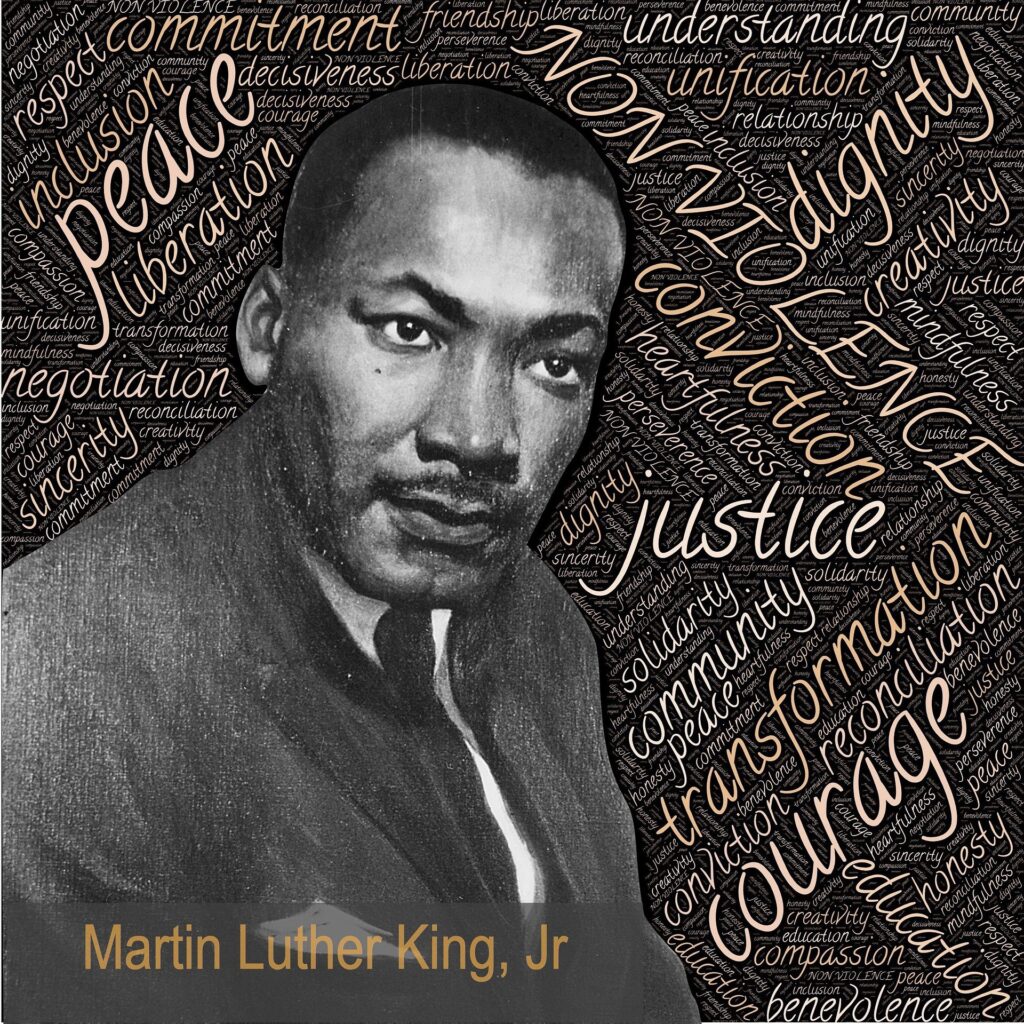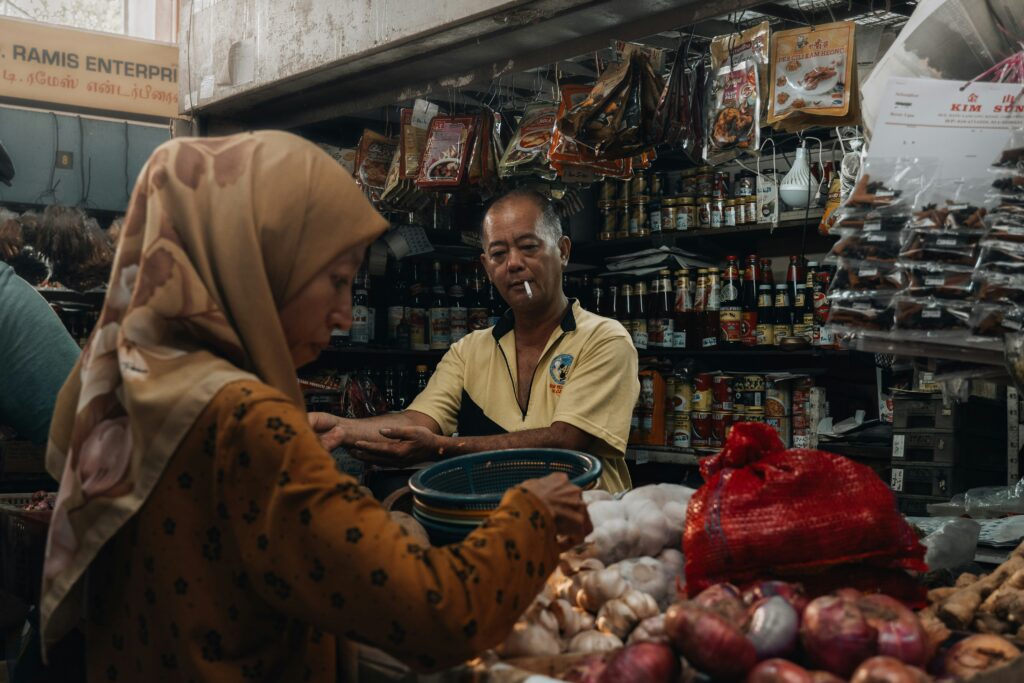When decisions are made without considering the input of everyone affected, communities miss valuable perspectives, creative ideas, and opportunities for unity. They risk leaving people behind — especially those whose voices are already underrepresented. True community inclusion is not just about inviting people into the room; it’s about giving them a genuine seat at the table and ensuring their voices have a meaningful influence on the outcome.
Inclusion is both a moral commitment and a practical strategy for building stronger, more resilient communities. When everyone has a voice, we tap into the collective intelligence, lived experience, and creativity of the whole population — not just a select few.
Why Inclusion Matters

Inclusive decision-making has tangible benefits that ripple through society:
- Better, fairer solutions: When policies and plans are shaped by diverse perspectives, blind spots are reduced, and the results are more effective for everyone.
- Trust and unity: Transparency and open dialogue build mutual respect between citizens and decision-makers.
- Stronger cooperation: People are more willing to work together when they feel their input is valued.
- Reduced conflict: Many disputes can be avoided or resolved earlier when communities have a clear voice in shaping decisions.
Inclusion isn’t just a social ideal — it’s a proven way to improve governance, development outcomes, and community resilience.
Practical Ways to Boost Inclusion
True inclusion doesn’t happen by accident; it requires structures and processes that make participation possible and meaningful:
- Community Forums: Regular open meetings where residents can share concerns, propose ideas, and question decision-makers directly.
- Participatory Budgets: Involving citizens in deciding how local funds are spent encourages transparency and shared responsibility.
- Accessible Information: Publishing decisions in multiple languages and formats — including plain language summaries, audio versions, and visual infographics — ensure no one is excluded due to language or literacy barriers.
- Representation Targets: Setting measurable goals to include women, youth, people with disabilities, and marginalised groups in decision-making bodies.
The Economic Link

Communities that harness diverse perspectives often innovate faster and make better use of limited resources. Inclusion encourages entrepreneurship, strengthens local problem-solving, and leads to development strategies that reflect real needs rather than assumptions.
For example, a city planning project that includes input from street vendors, cyclists, parents, and elderly residents is more likely to design public spaces that work for everyone — boosting local commerce and improving quality of life.
From Tokenism to True Participation
Too often, “inclusion” is reduced to symbolic gestures — a checkbox ticked without real influence. But communities quickly recognise the difference between being consulted for show and being engaged for change.
True participation requires:
- Genuine engagement: Asking for input early, not after decisions are nearly final.
- Feedback loops: Showing communities how their input shaped the outcome.
- Long-term commitment: Making inclusion a consistent practice, not a one-time project.
By moving from tokenism to genuine collaboration, communities build long-lasting trust and shared responsibility for the future.
Final Thought
When everyone’s voice is heard, the community’s song is richer, stronger, and more harmonious. Together, we can nurture sustainable, fair, and hopeful communities.



